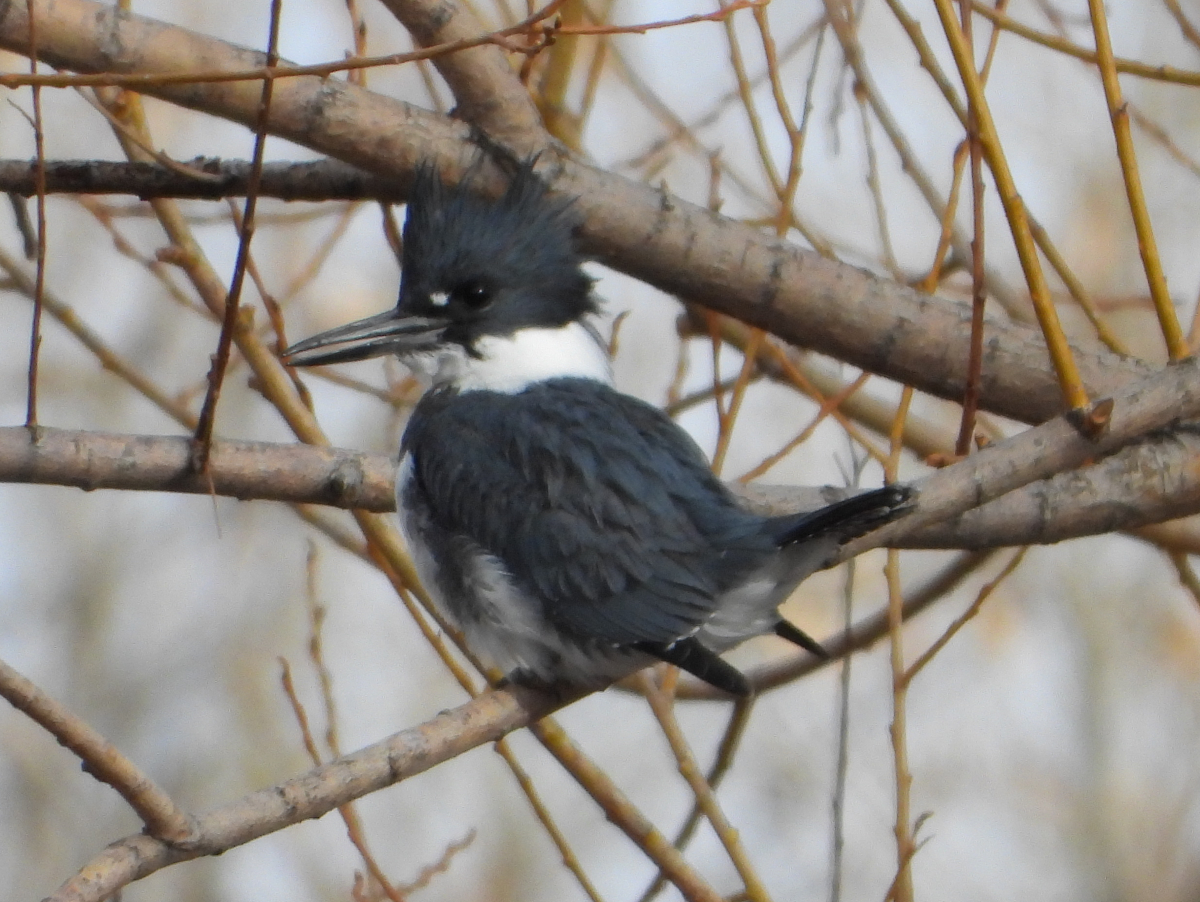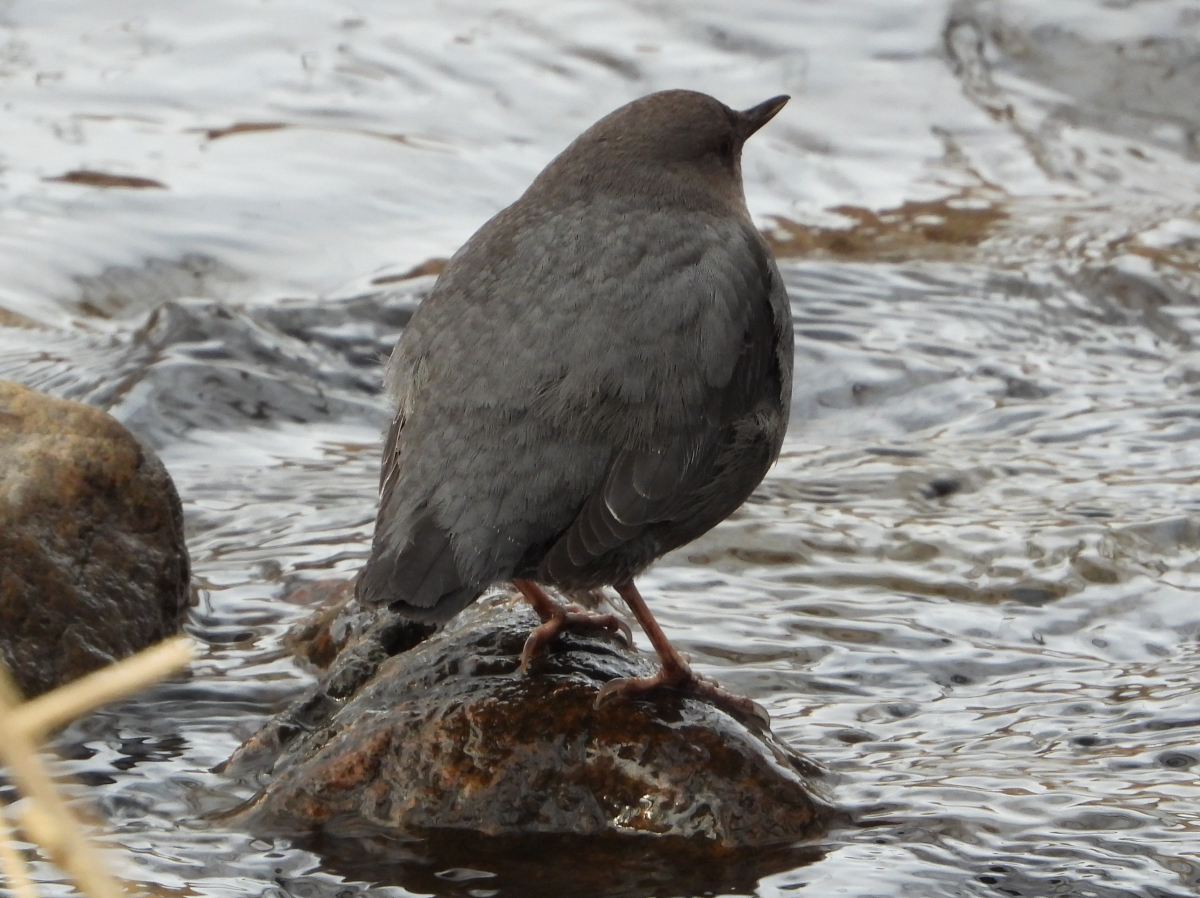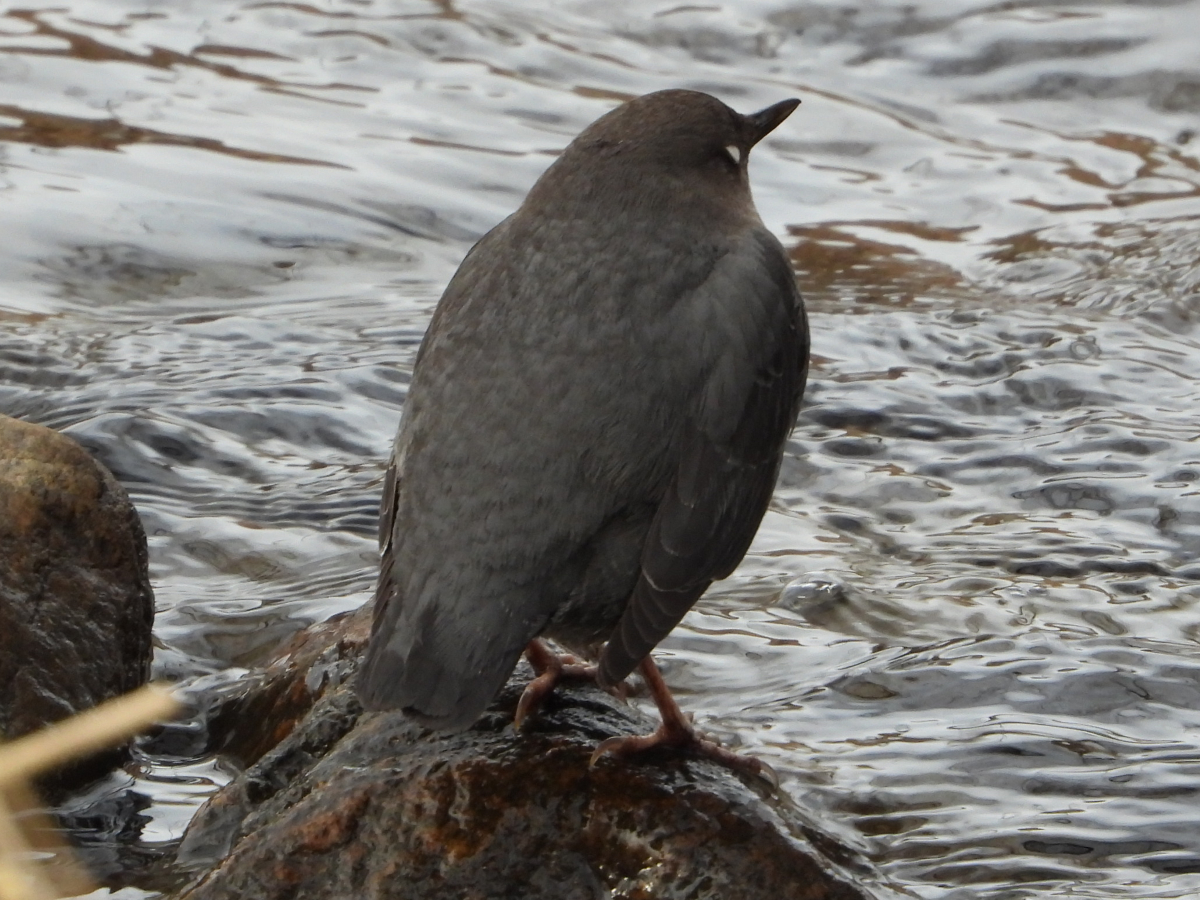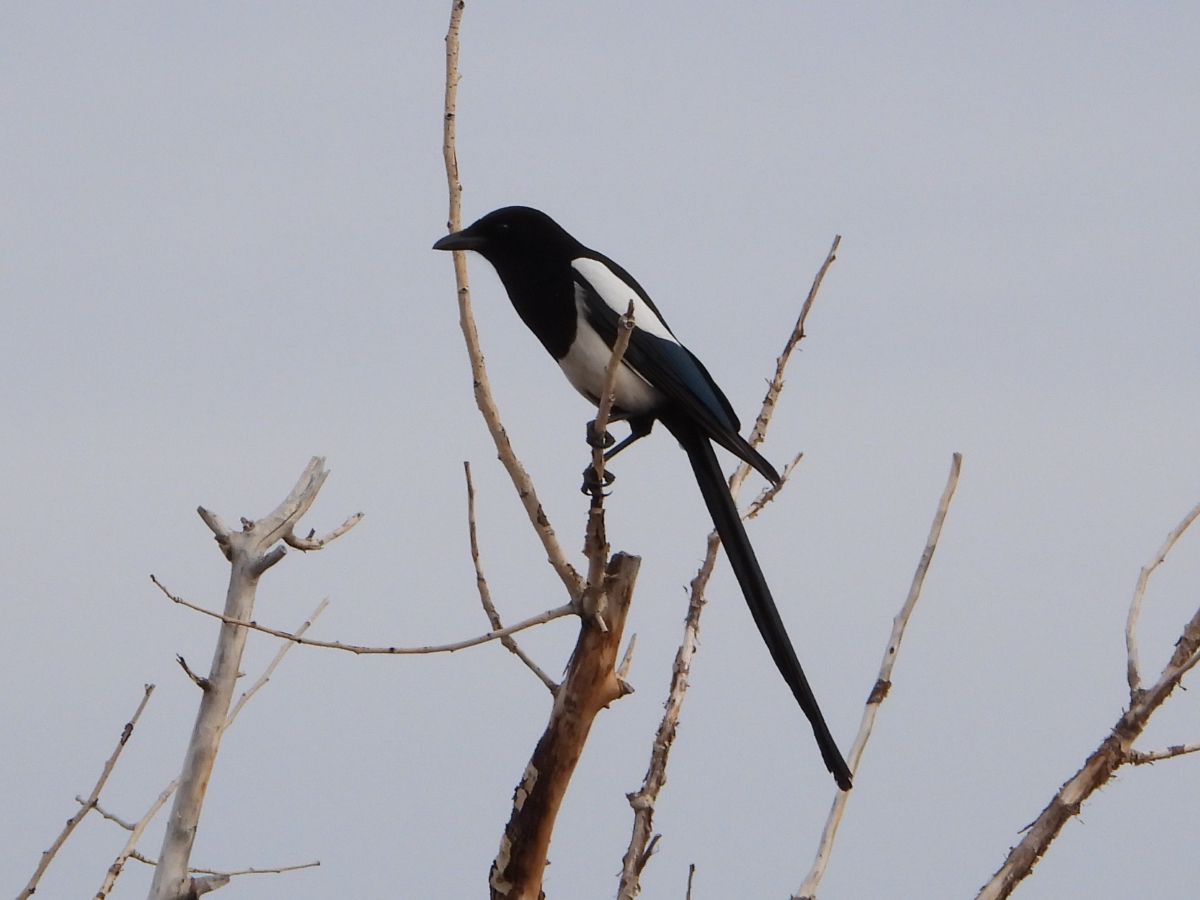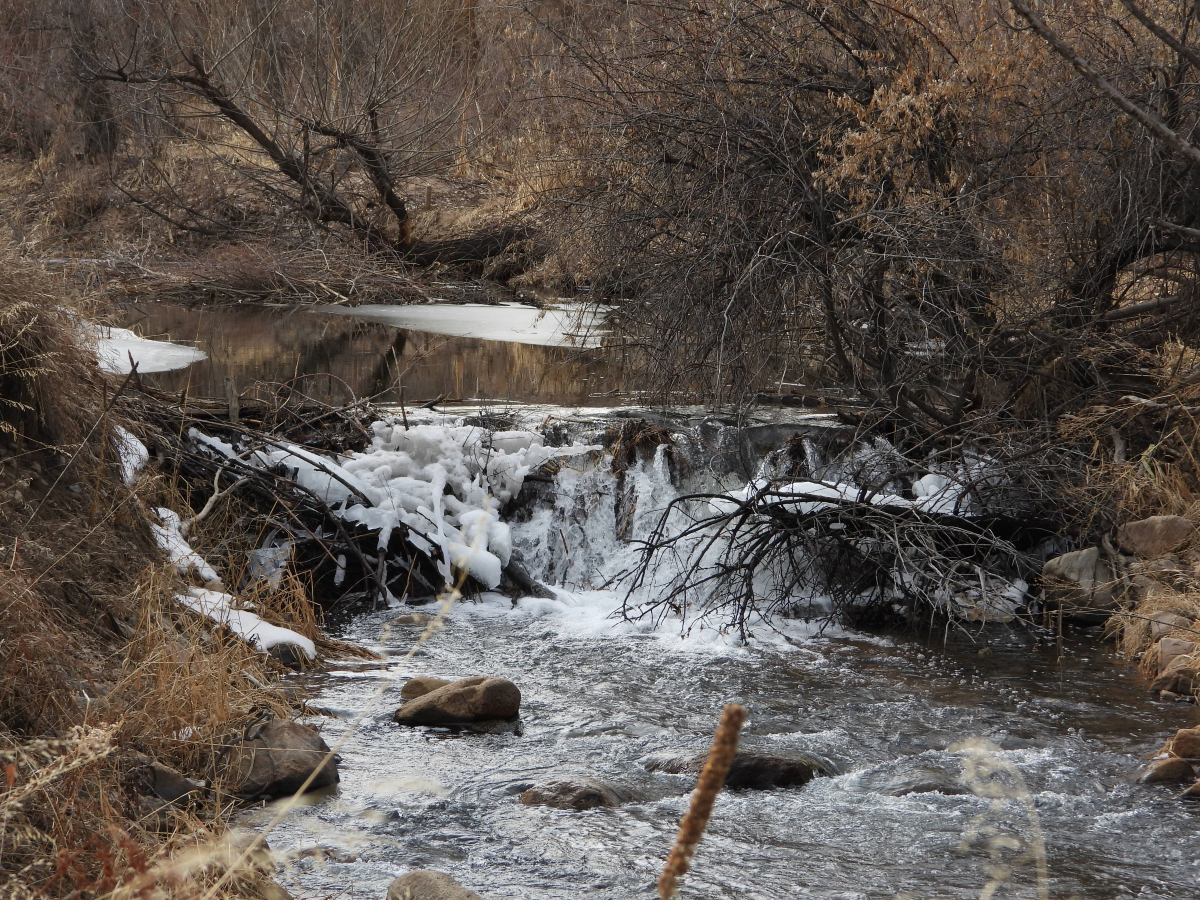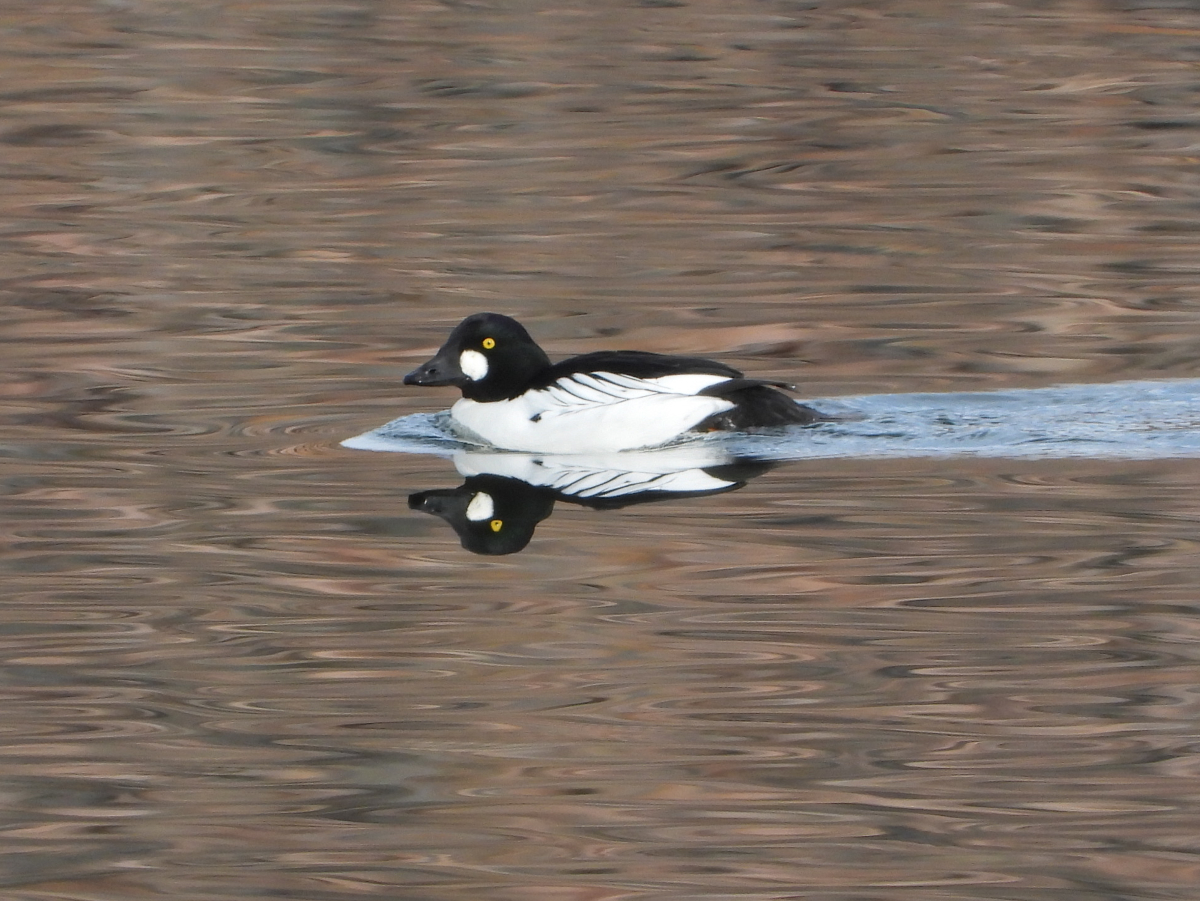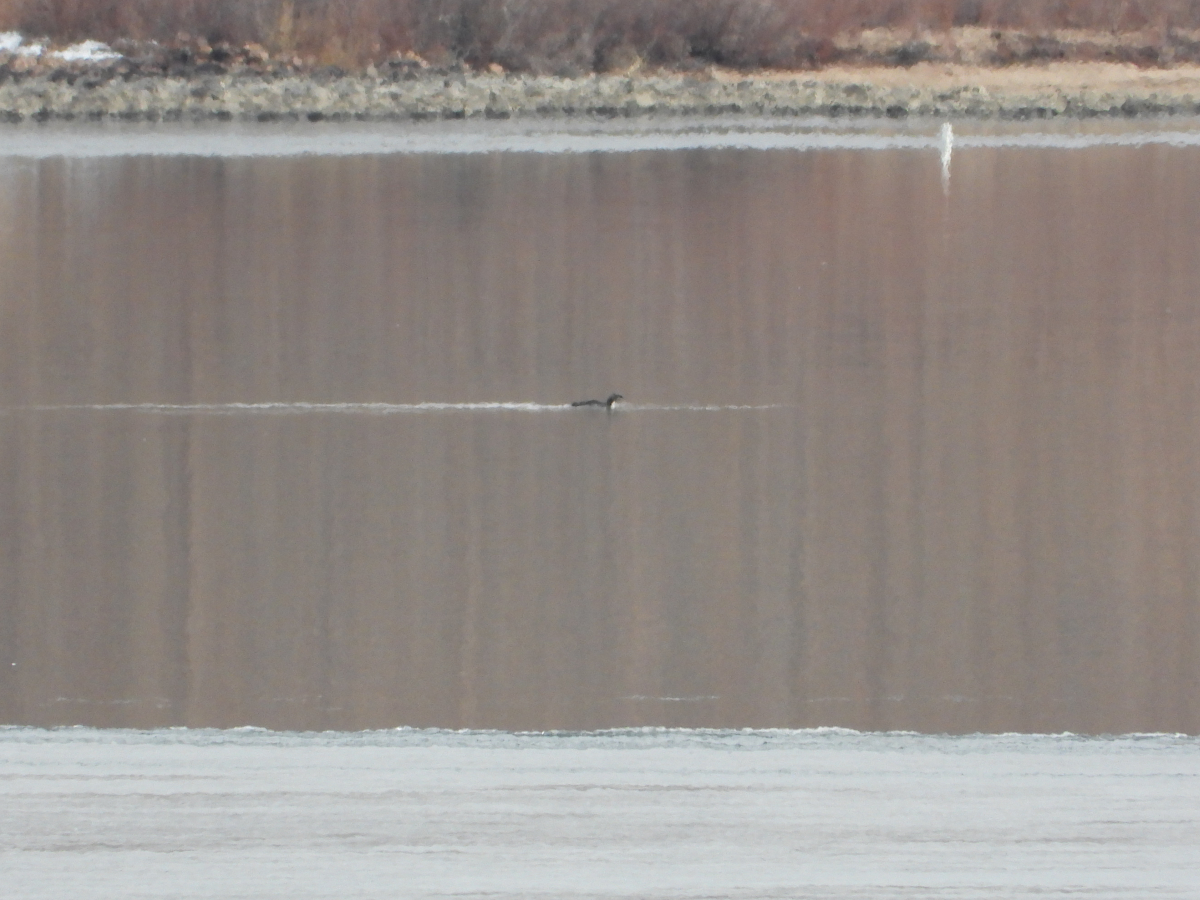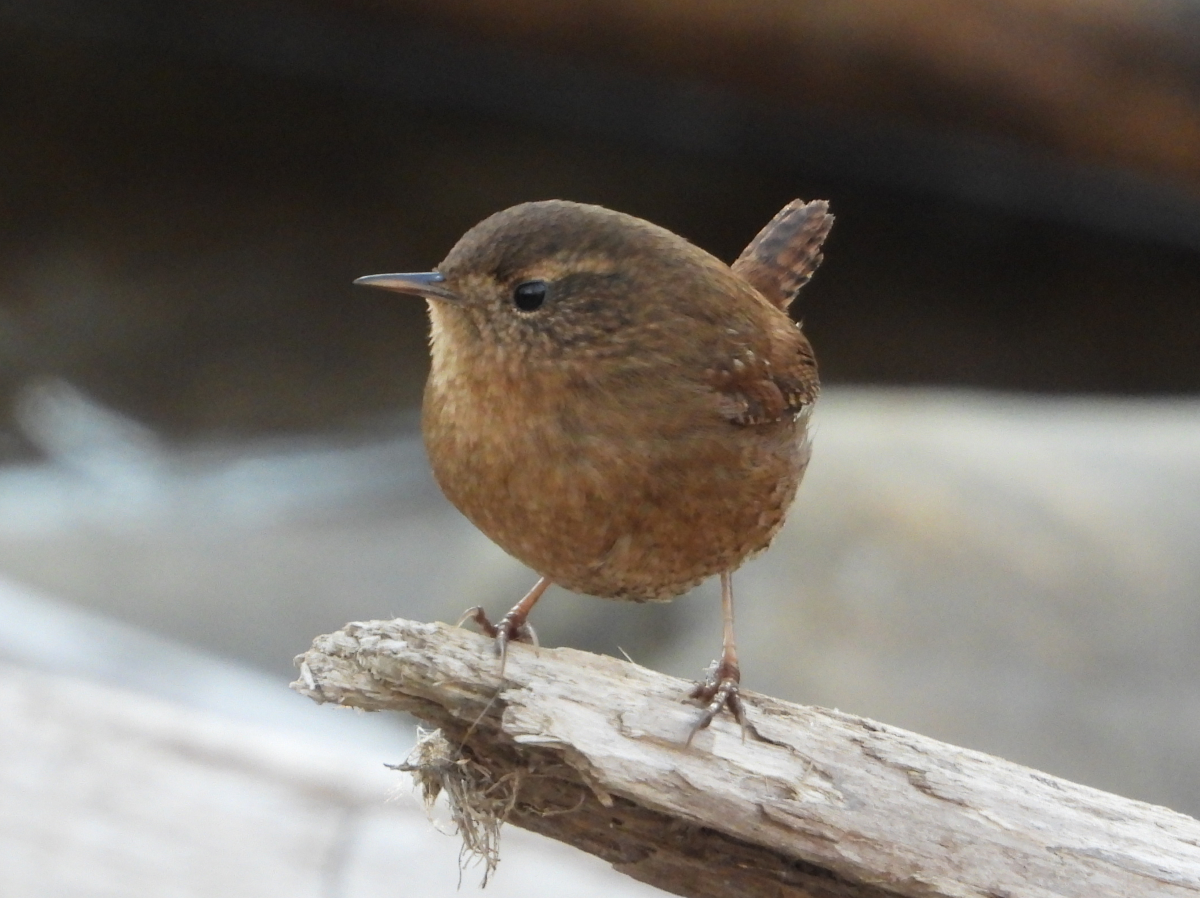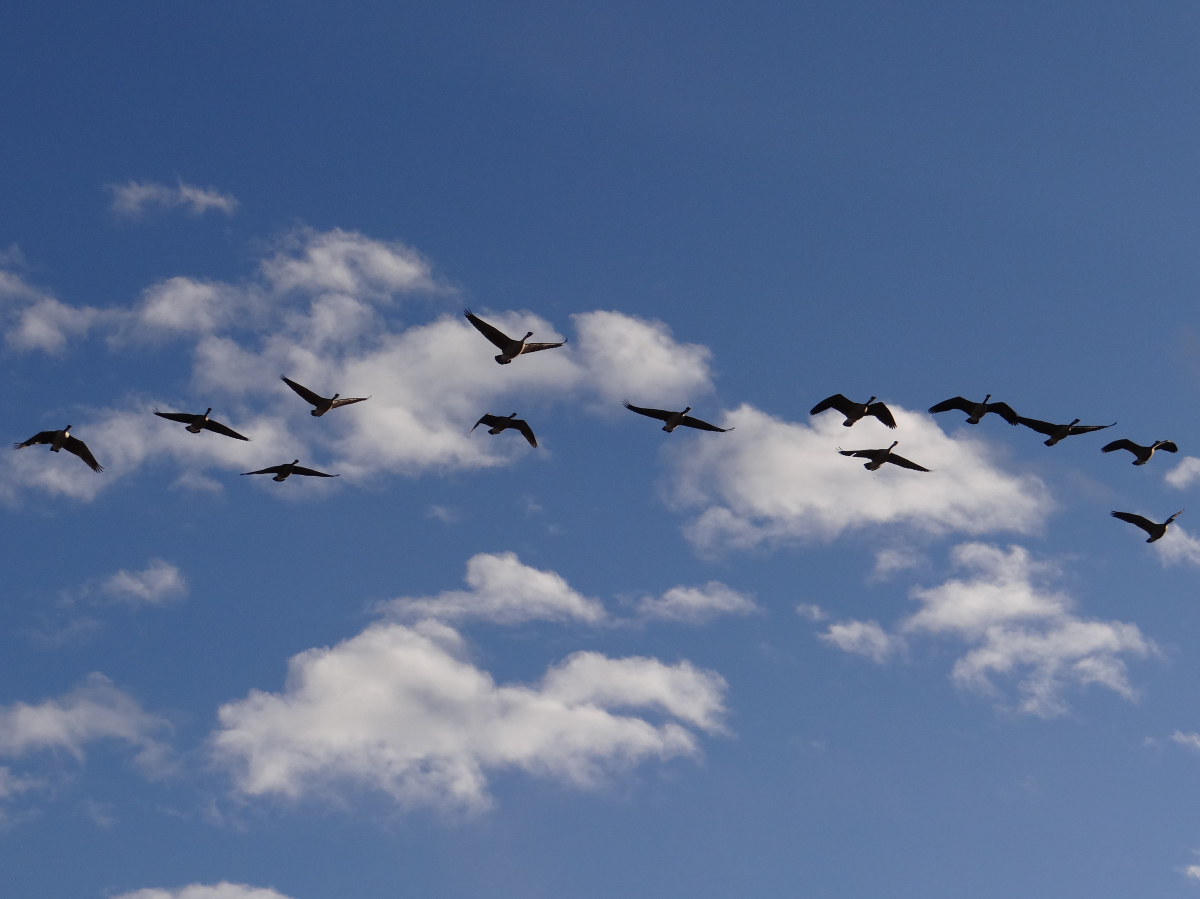Every year as the days grow longer and the temperature increases a wide variety of birds migrate through Colorado. Although many migrating birds regularly travel through Colorado, the birds in this post are all rarely seen in the state. These rare birds, or rarities as birders call them, are often a cause for excitement for anyone attempting to grow their Colorado list.
As it turned out this spring an exceptional number of rare birds were reported in Colorado. Most of them were from the Eastern United States or birds from Southern States that overshot their breeding grounds. These birds are unpredictable, only showing up in Colorado a few times a year. Several of the birds were even more rare!
Thanks to the many Colorado birders who found and reported these rarities!
April Rarities
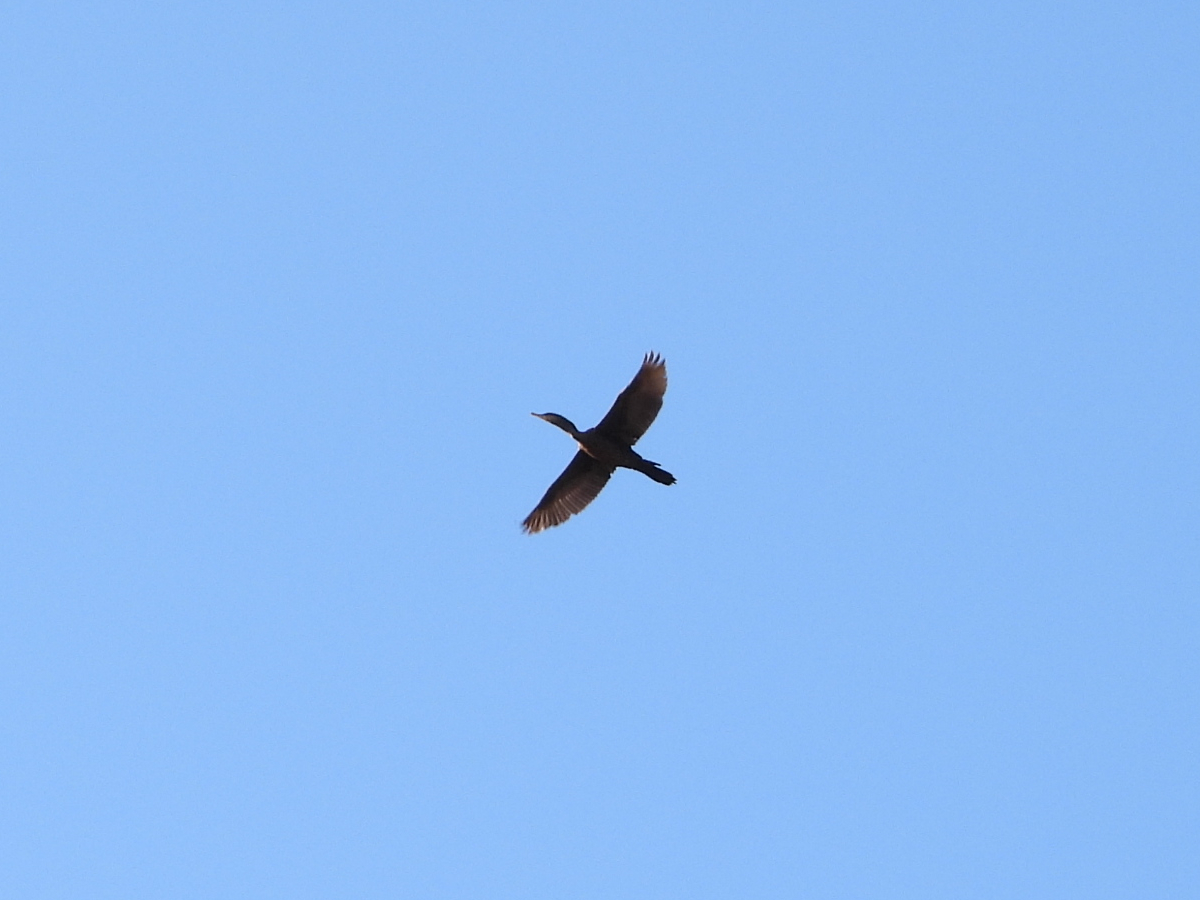

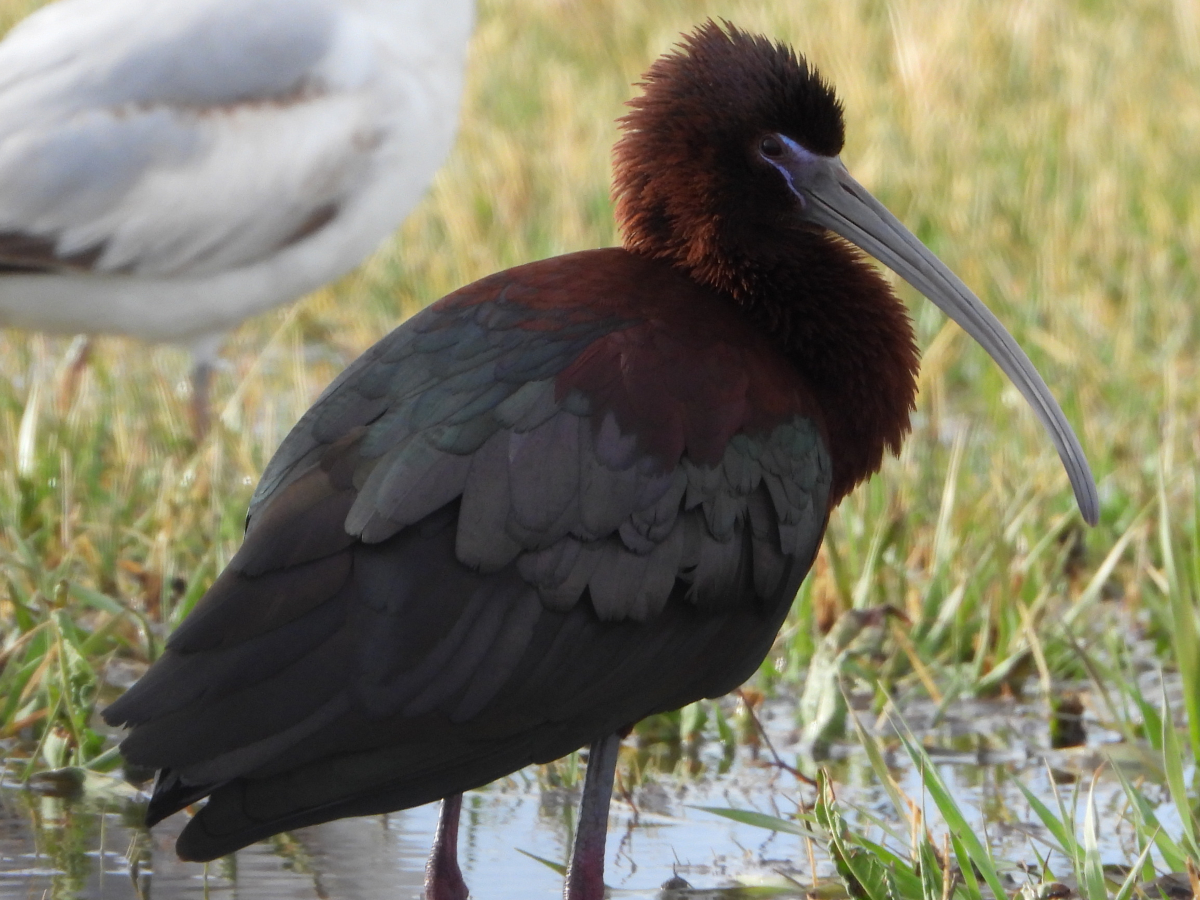
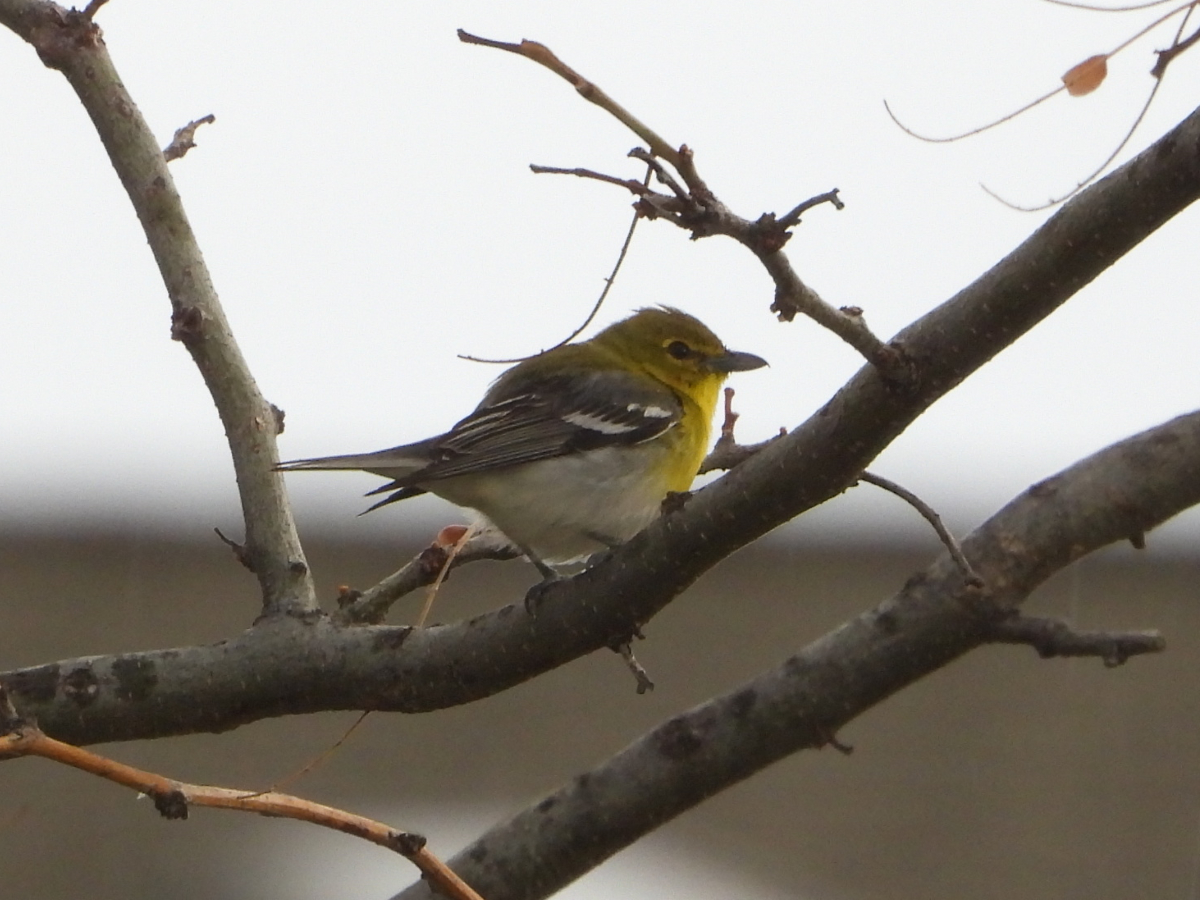
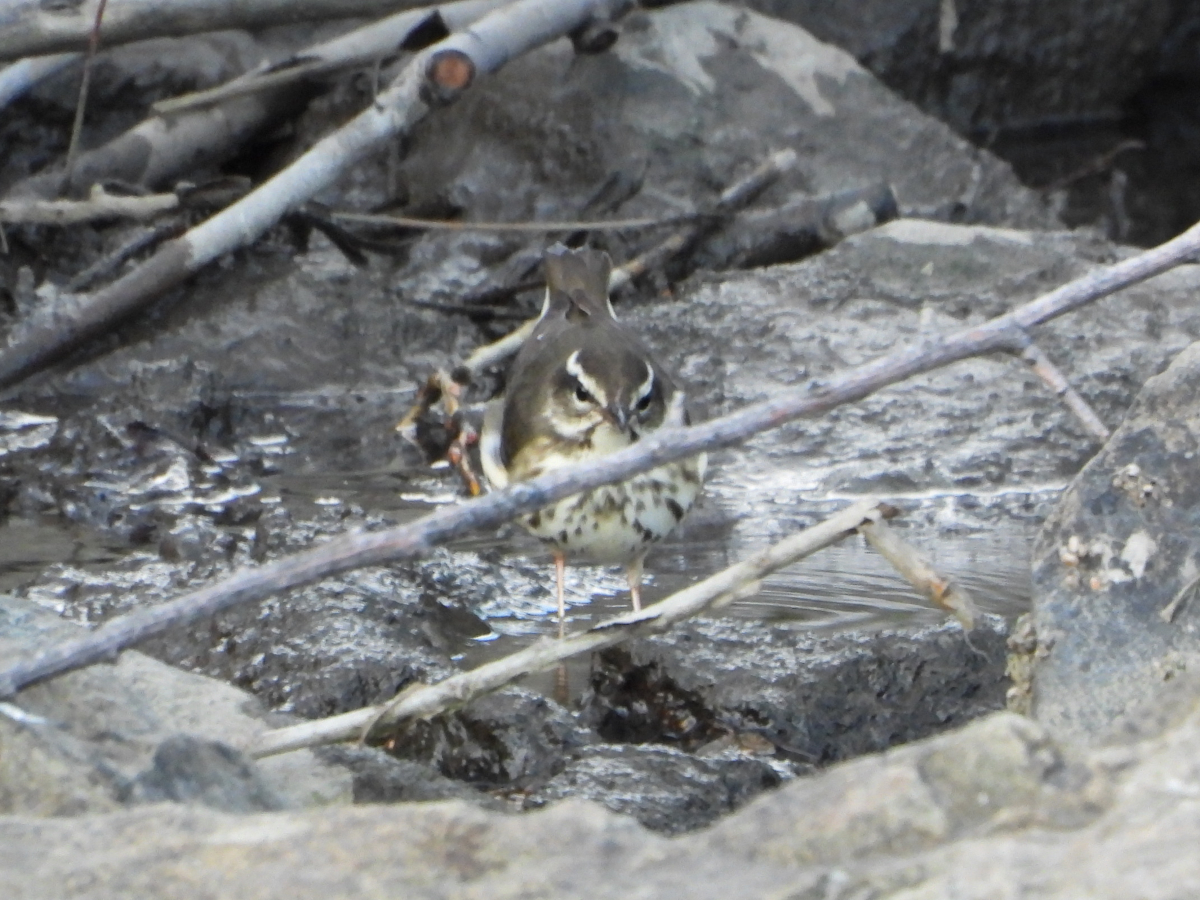


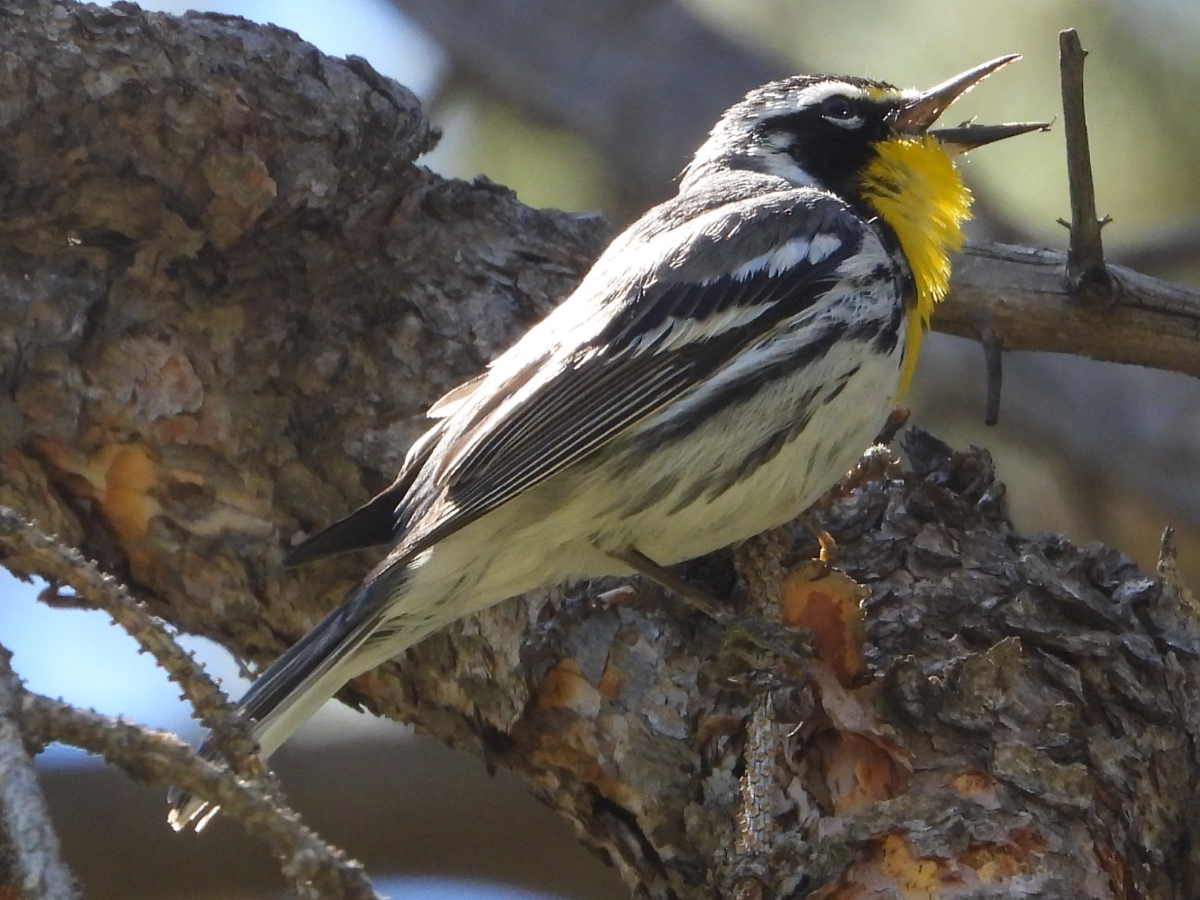




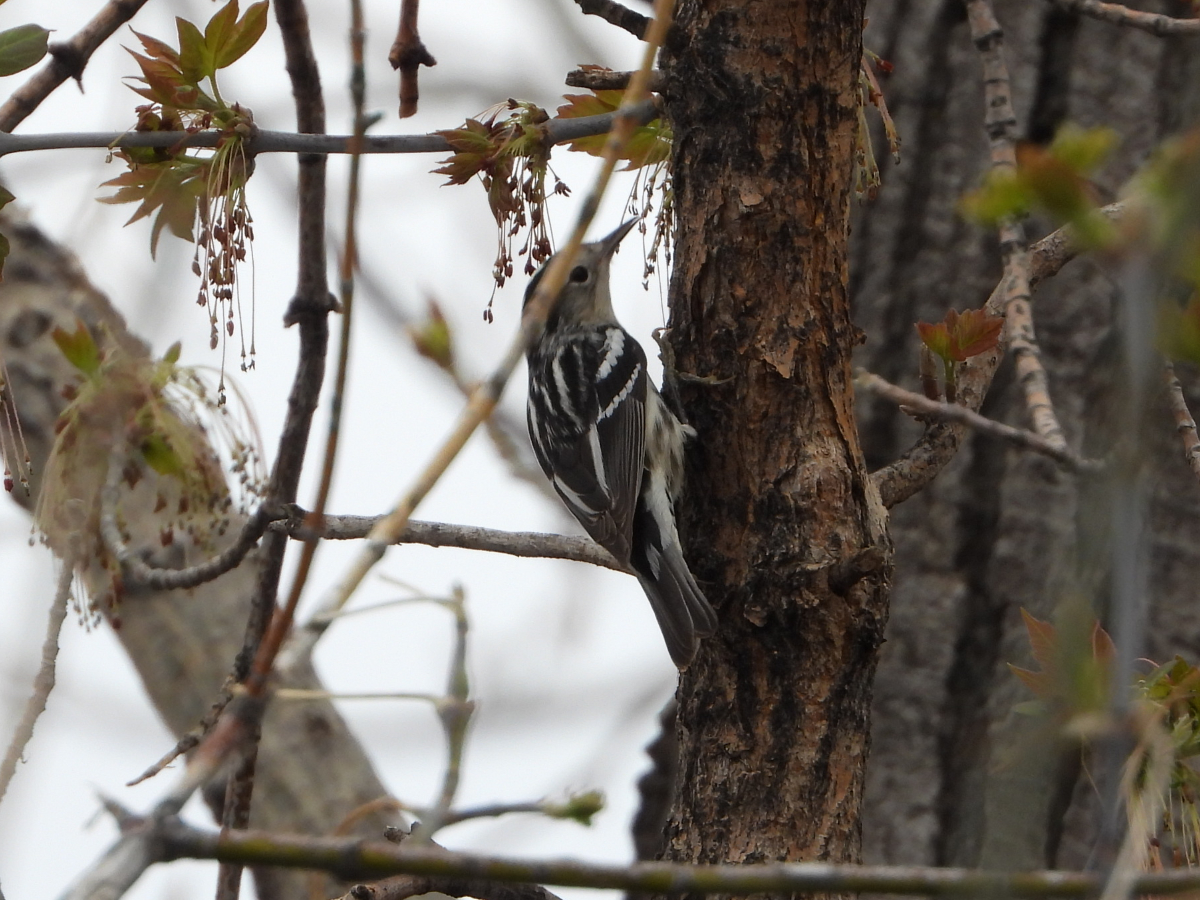
May Rarities
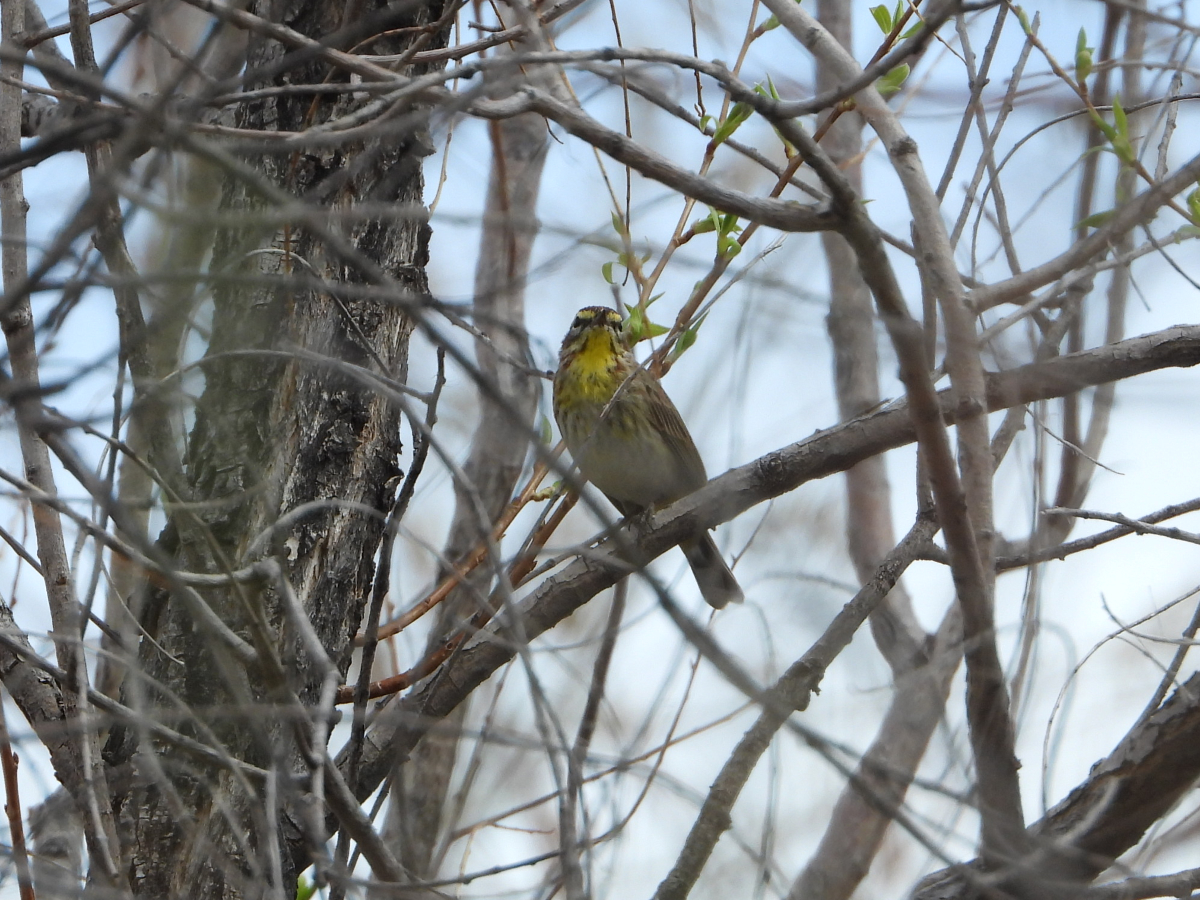


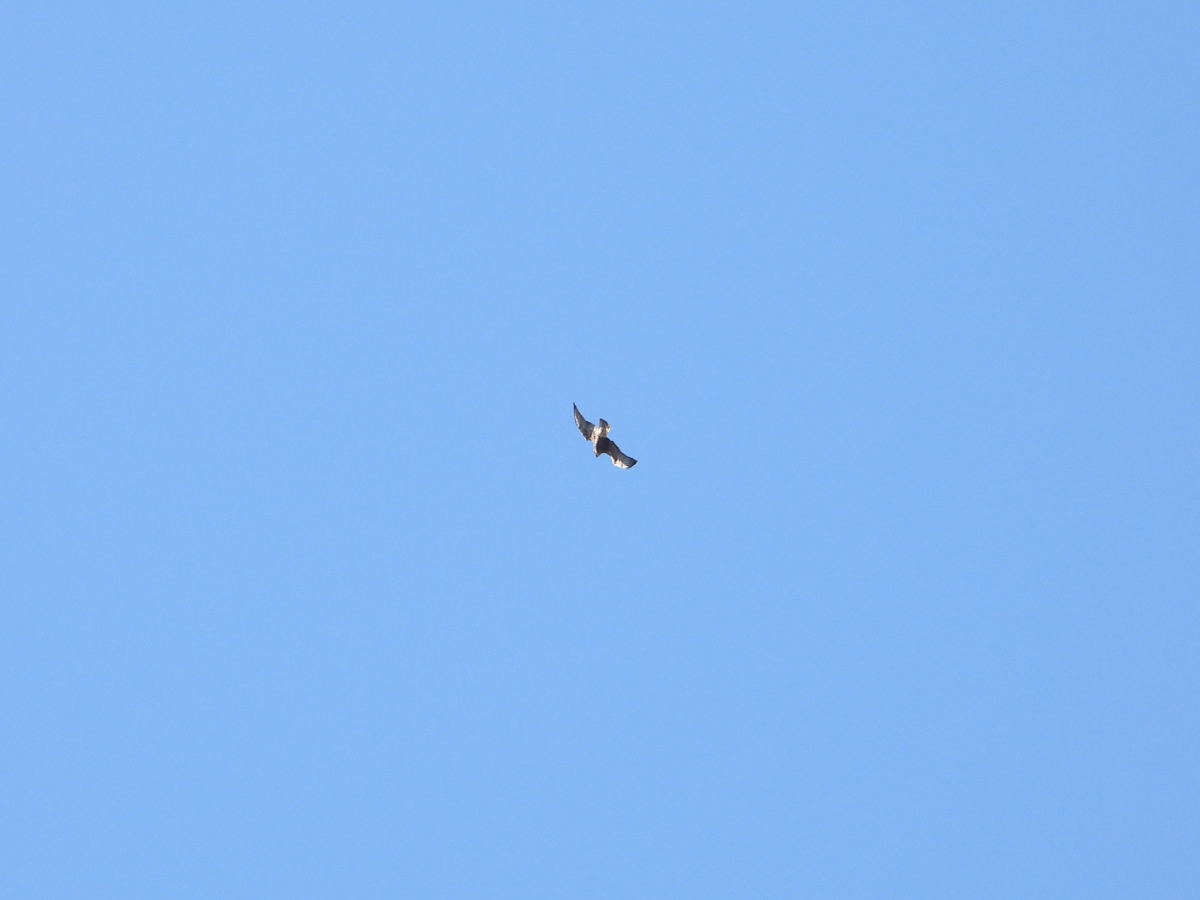
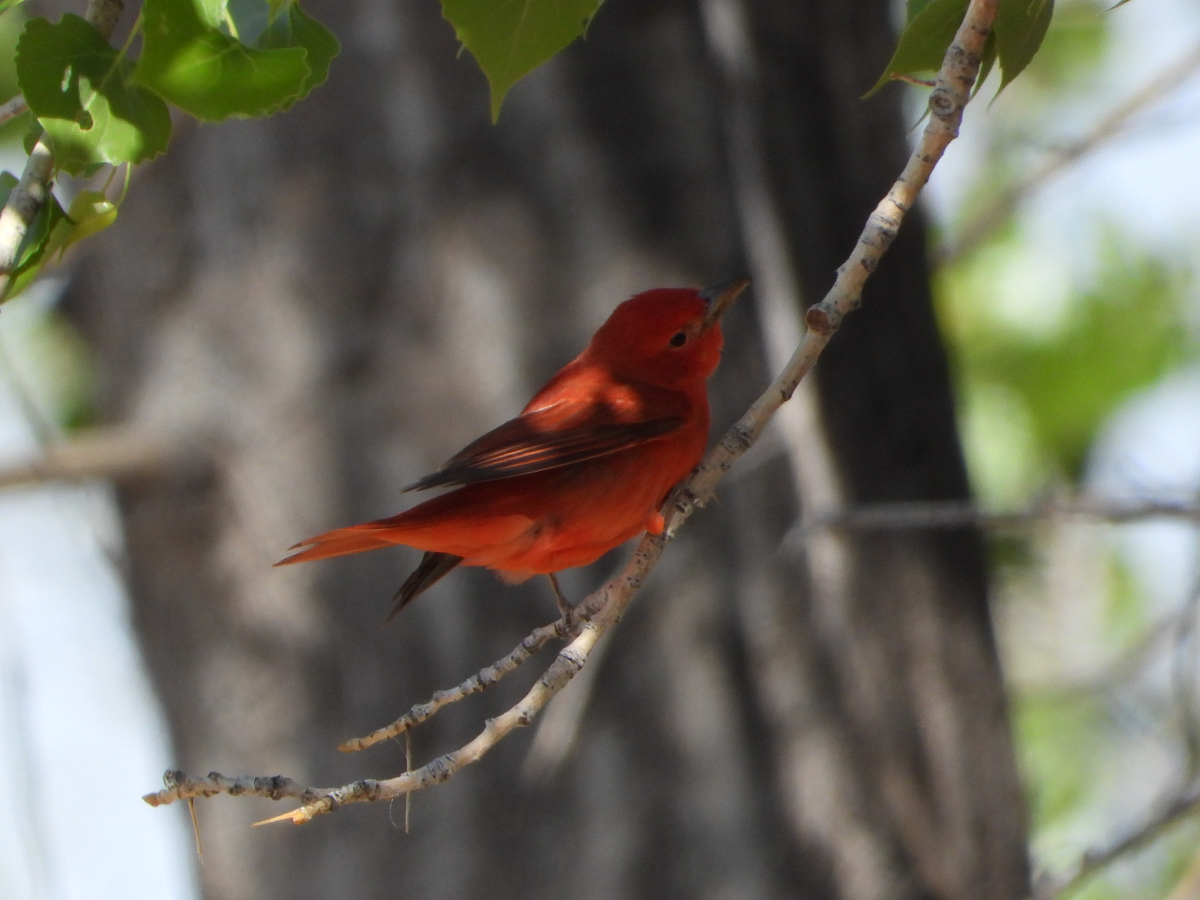
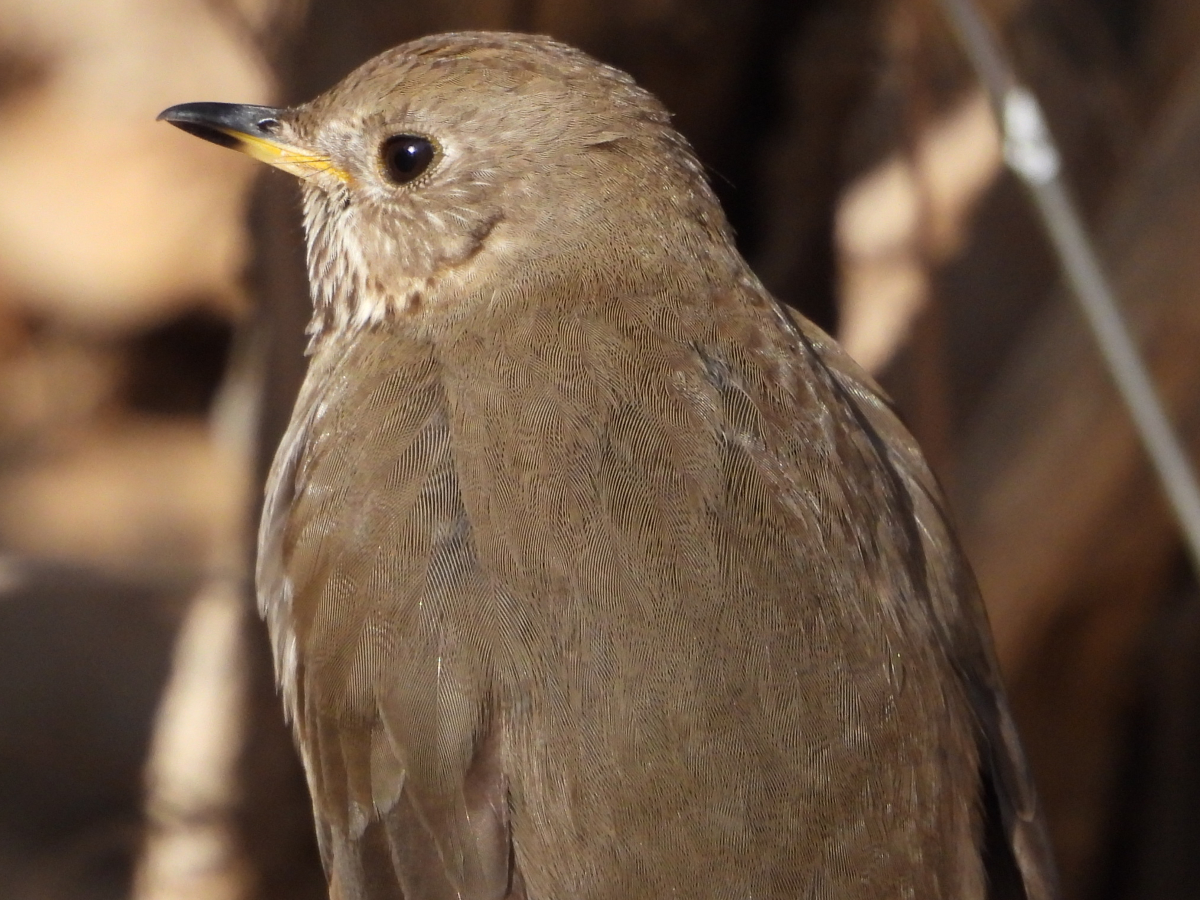

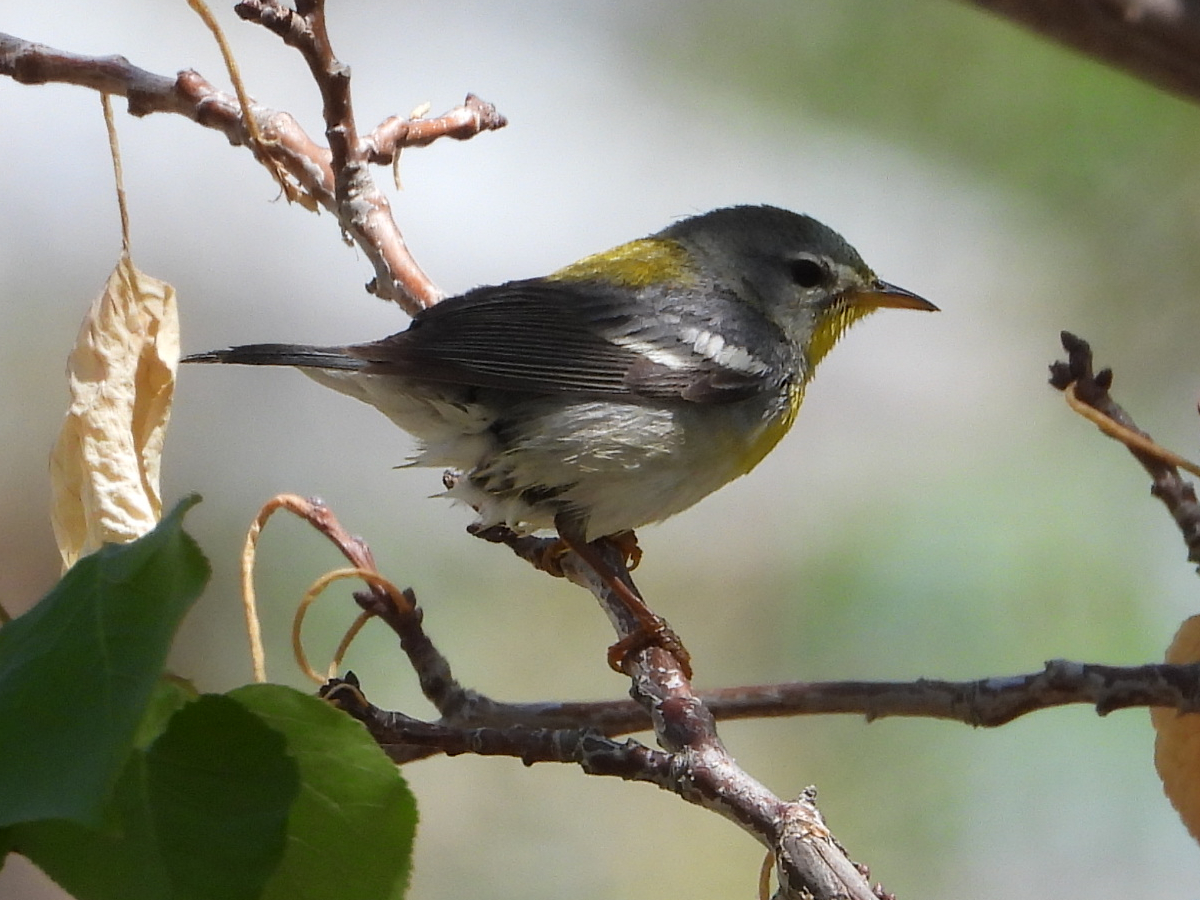
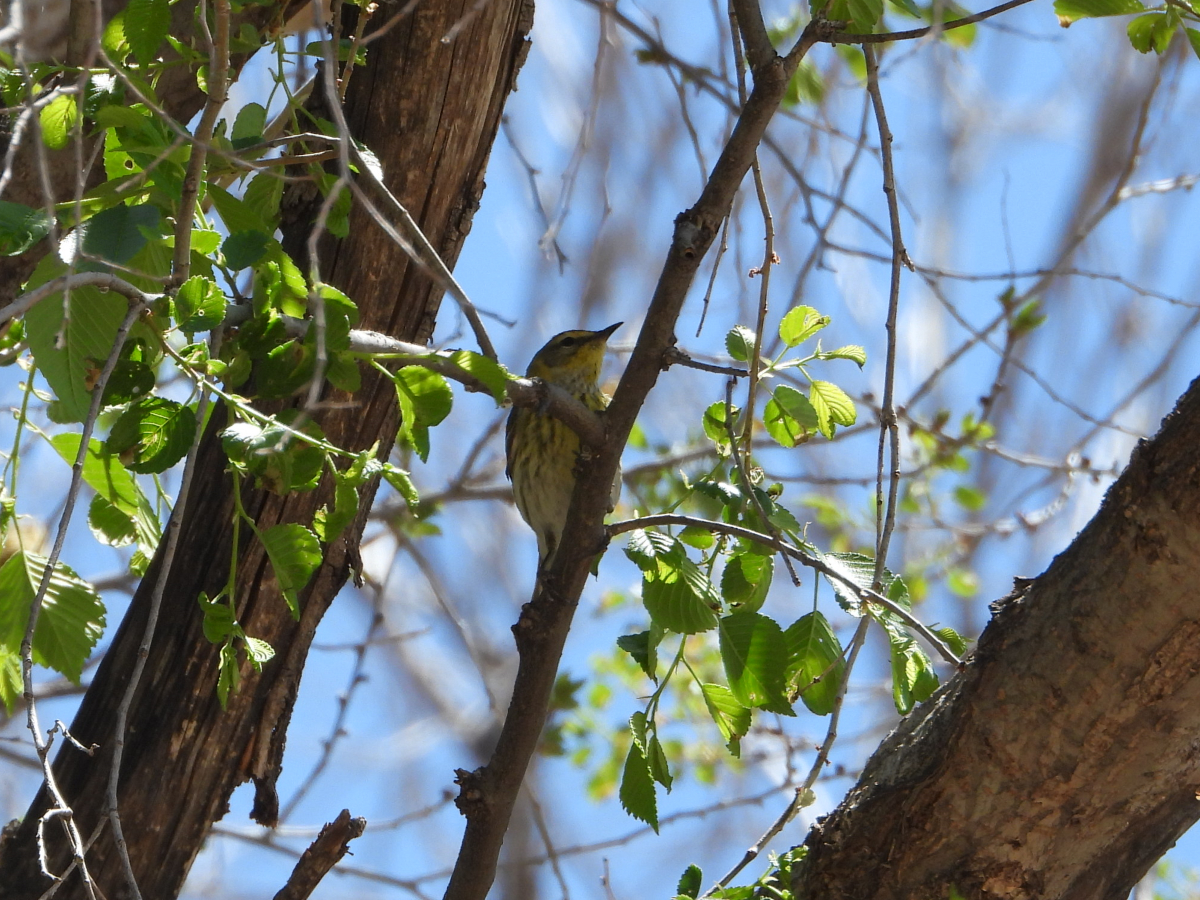

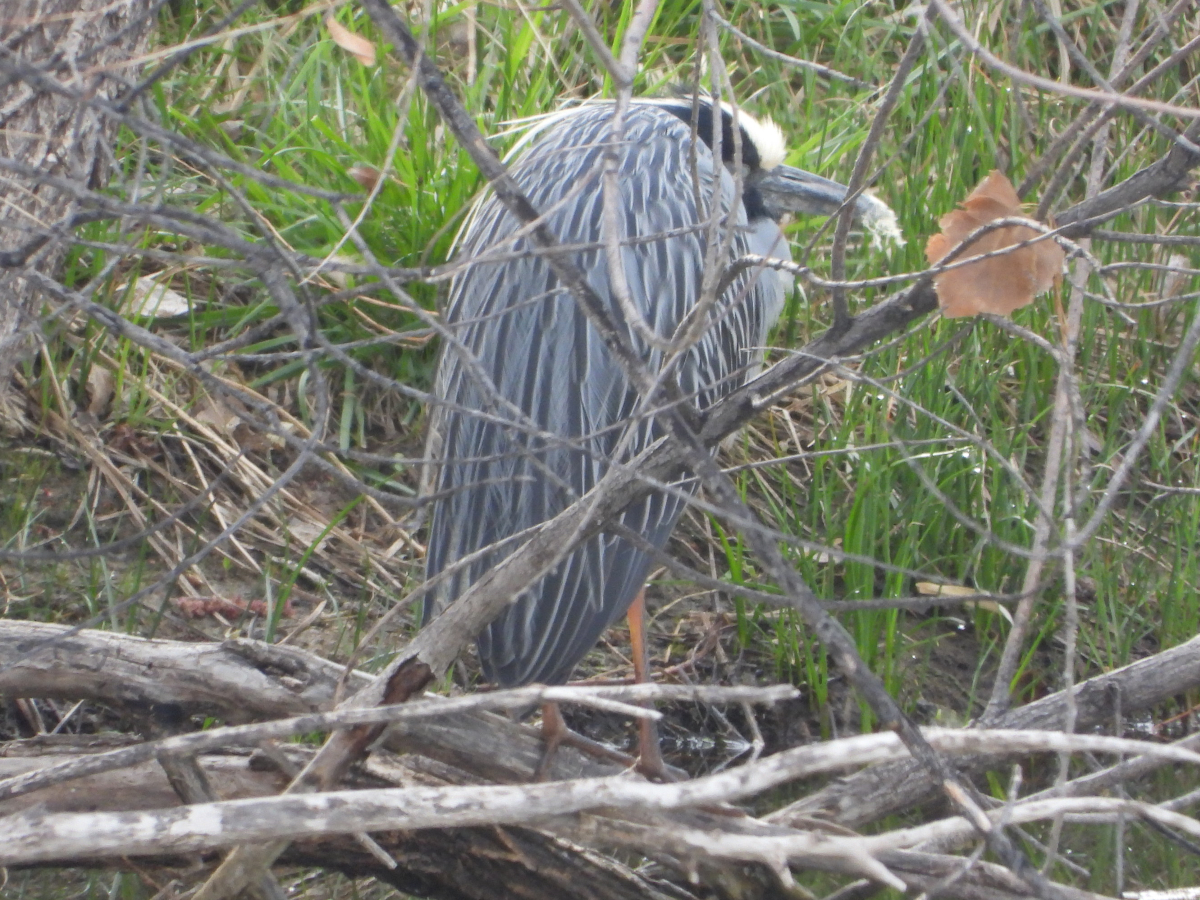
May Continued
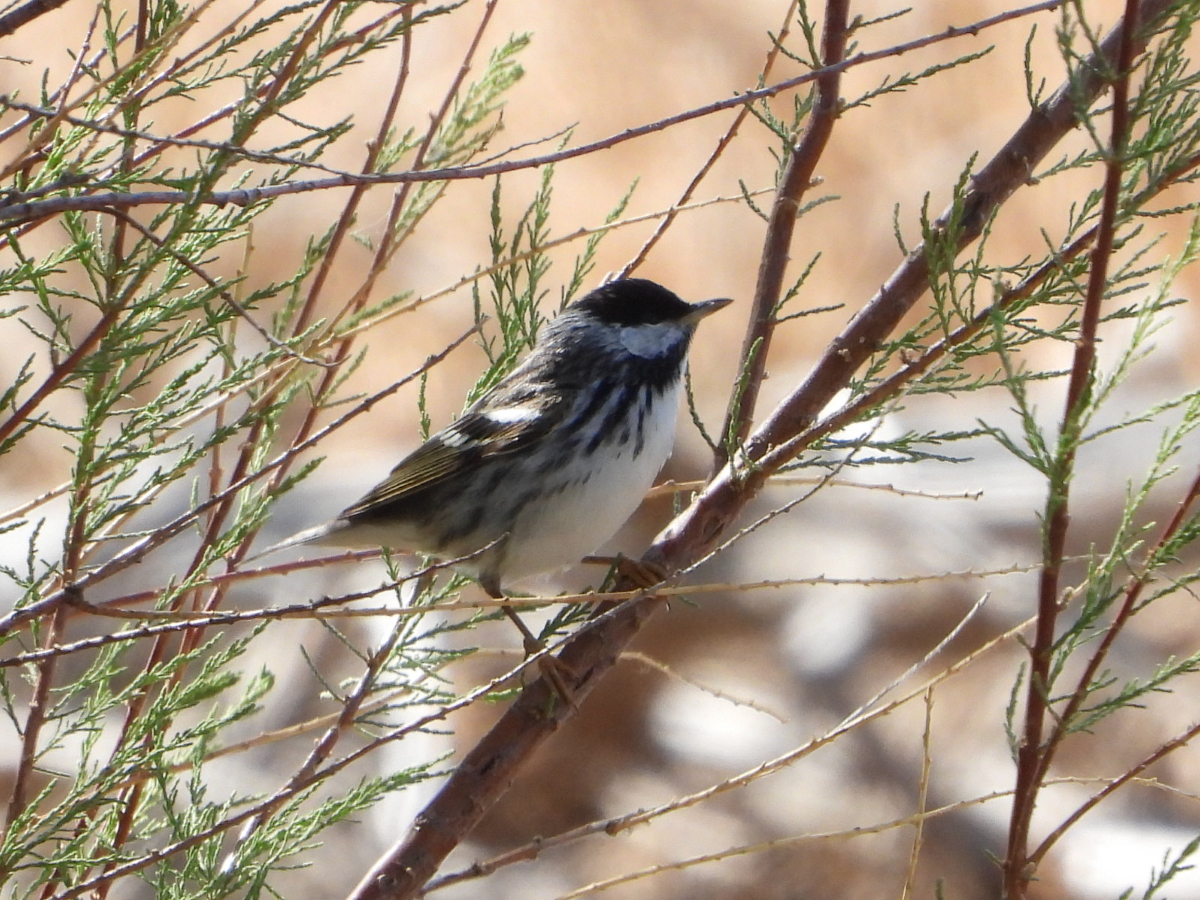


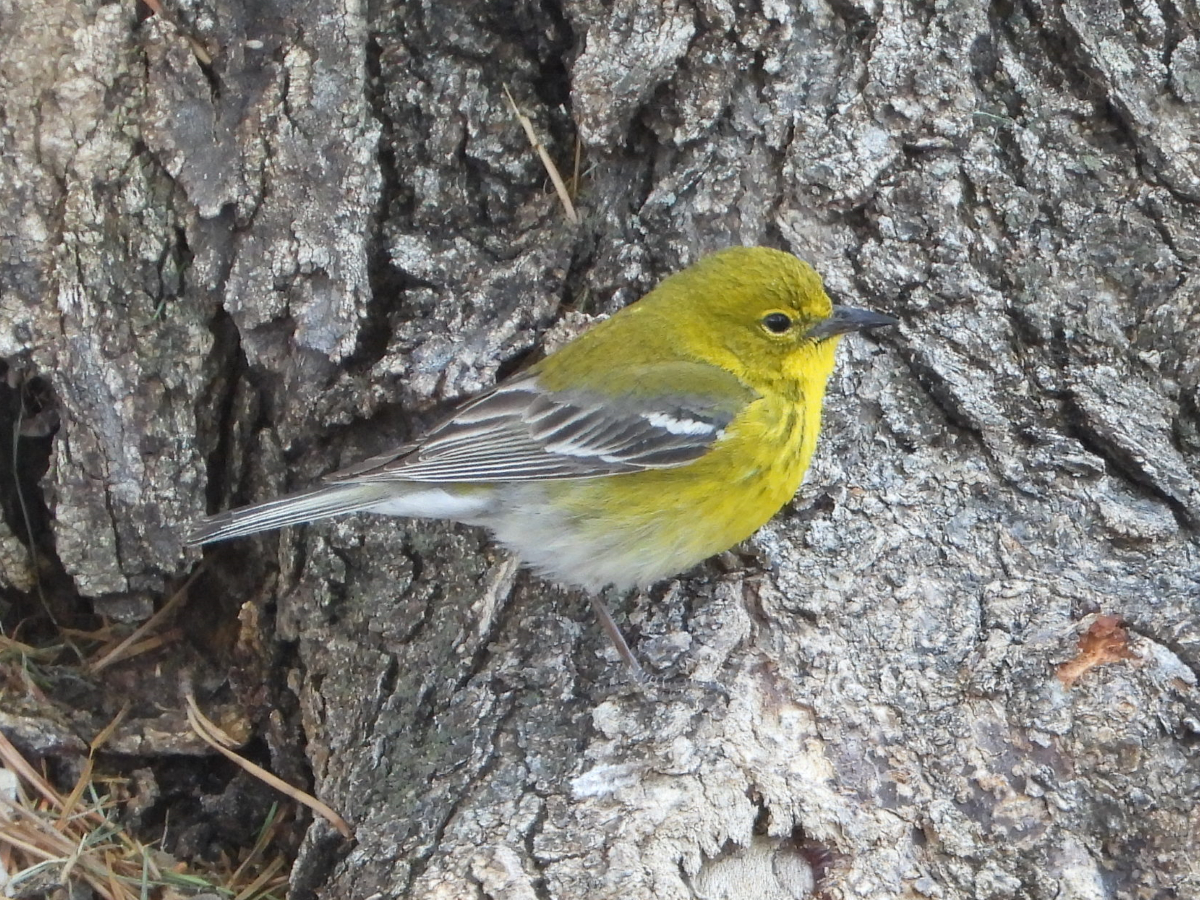

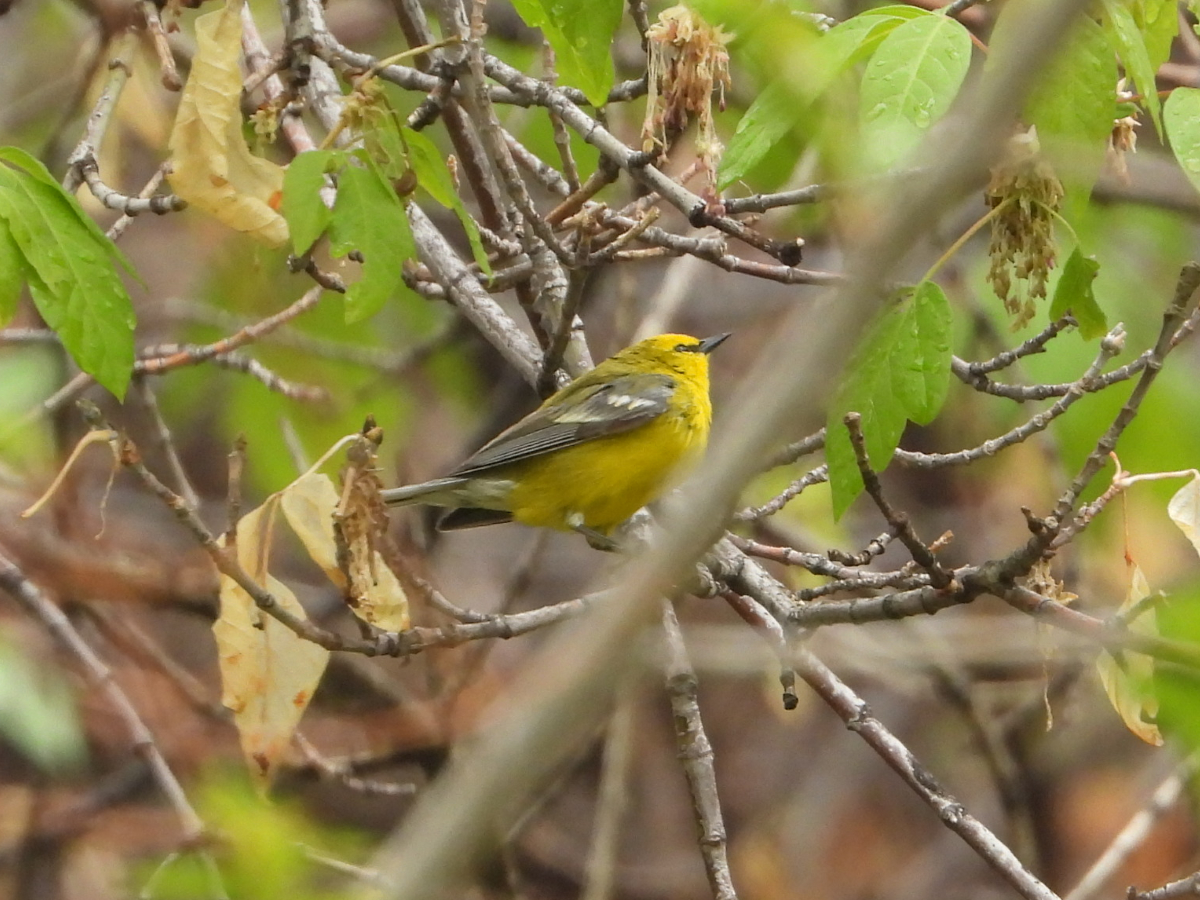
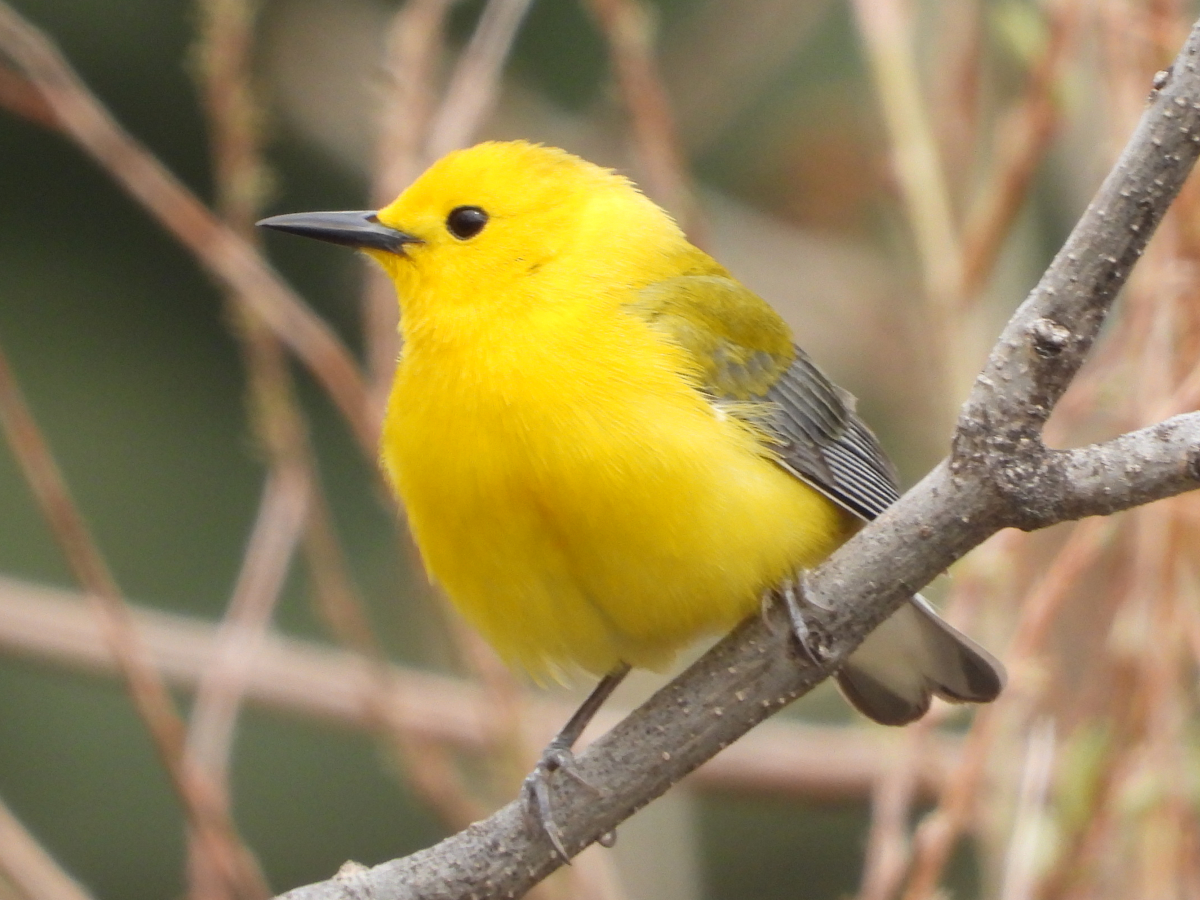

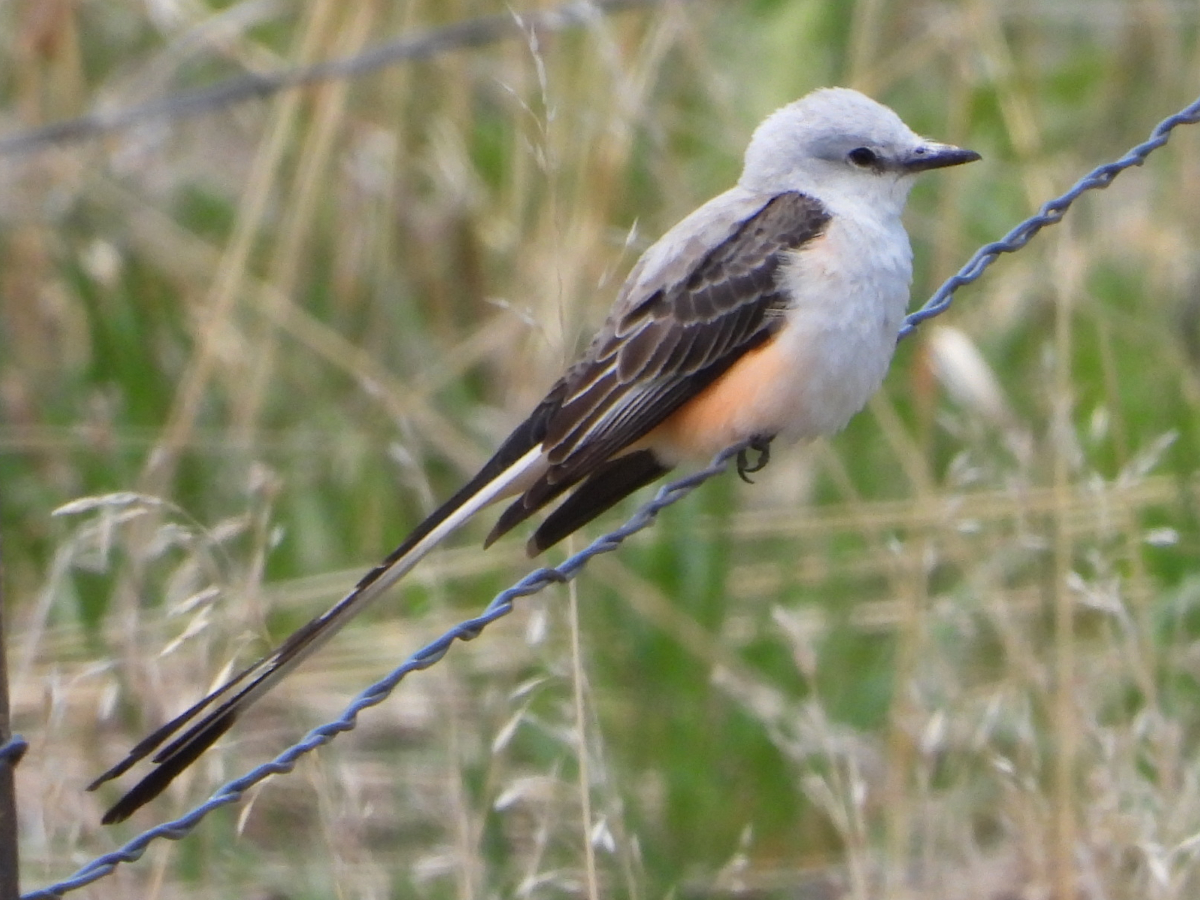
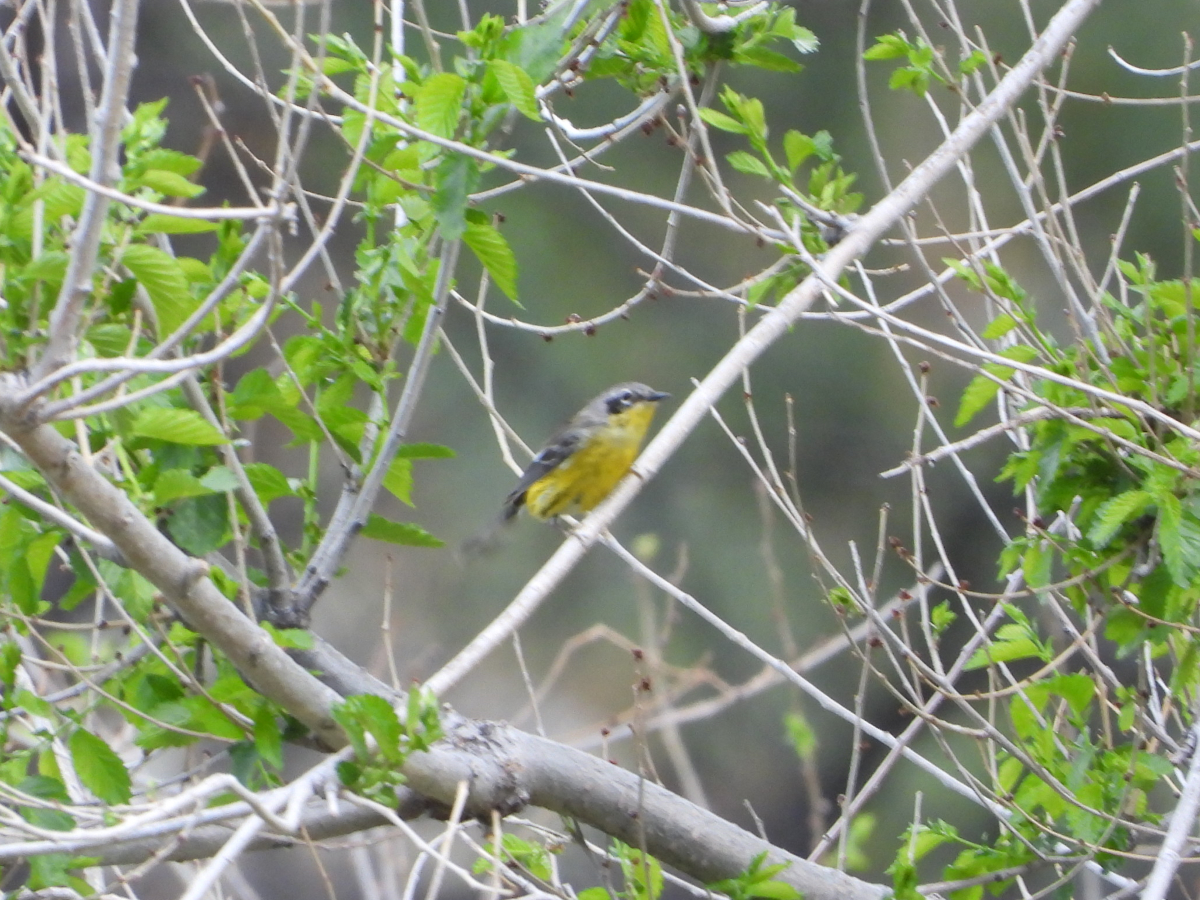
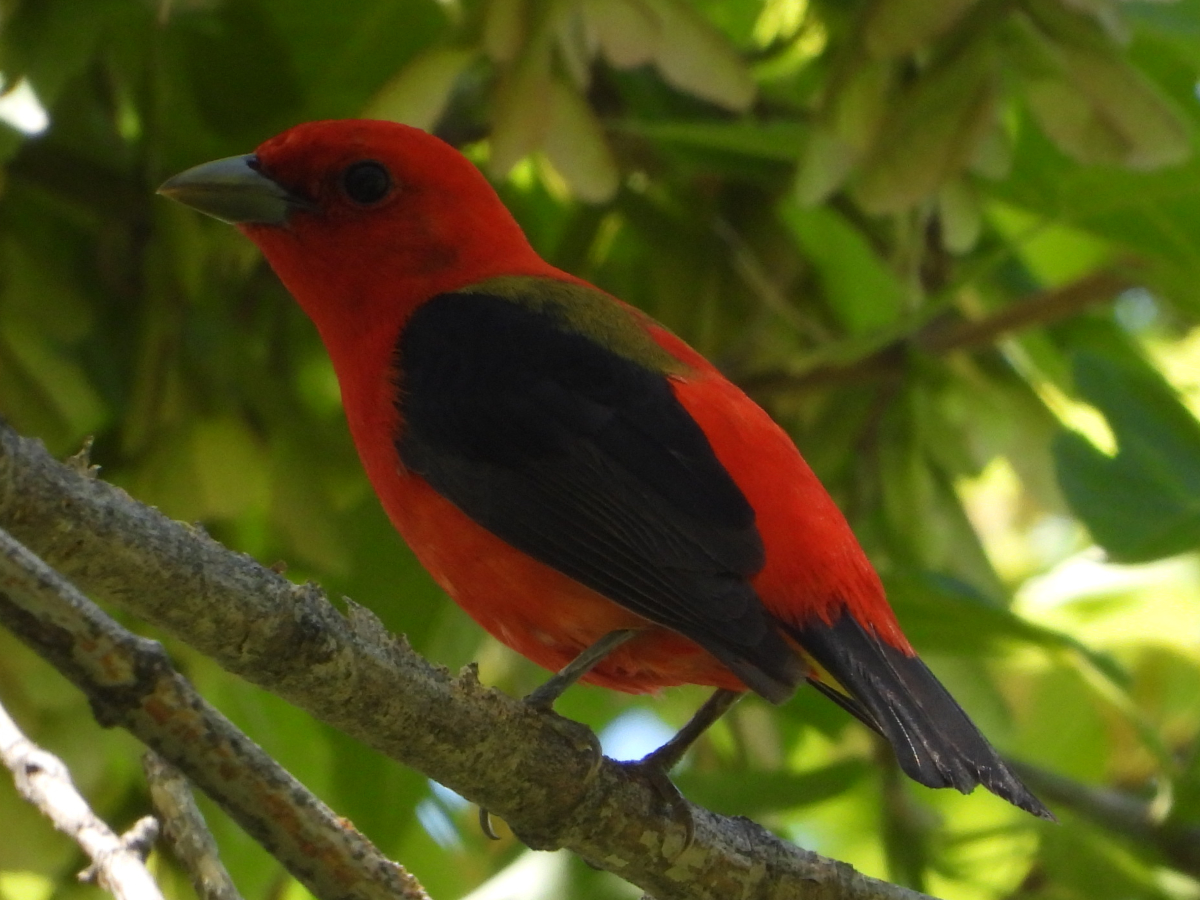
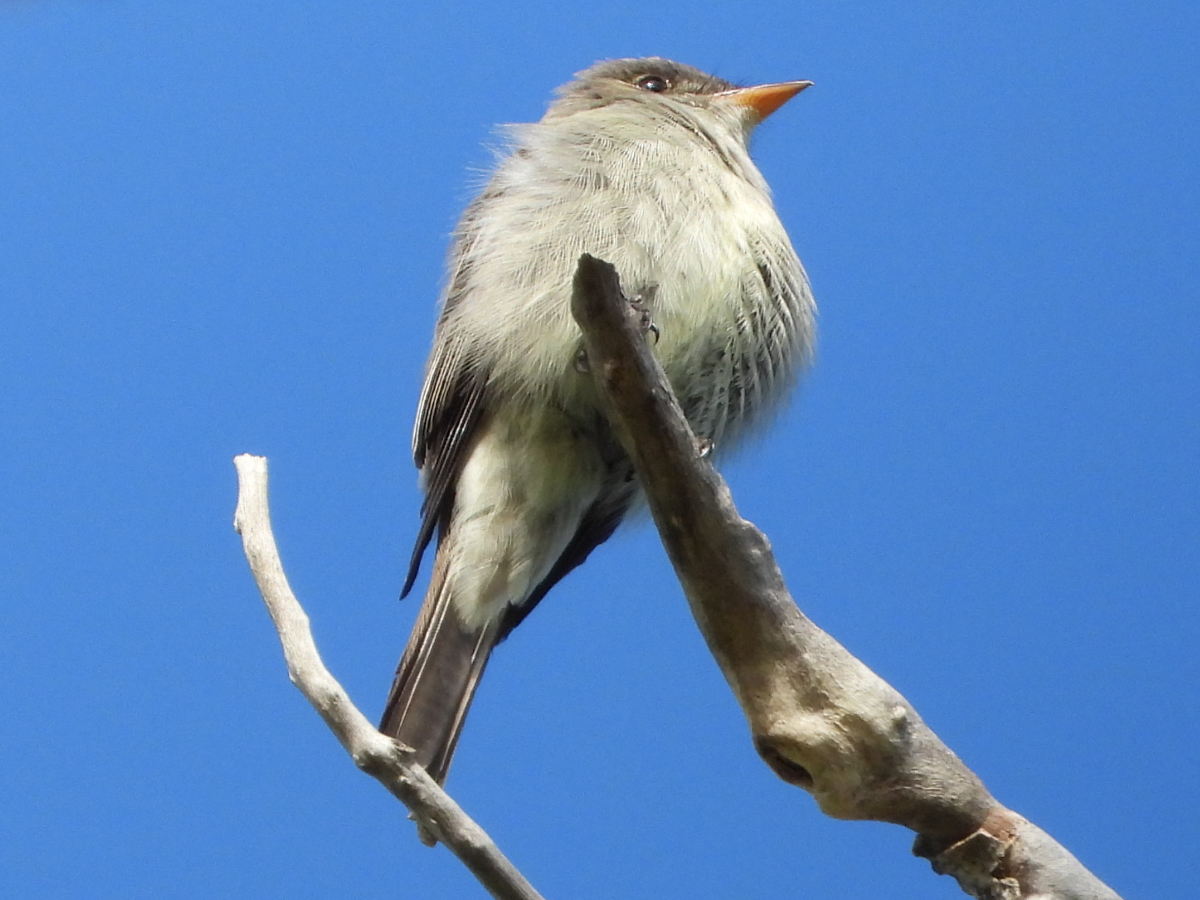
Camera: Nikon COOLPIX P1000
Optics: Celestron TrailSeeker Scope and Nikon Monarch 7 ATB 8×42 Binoculars

